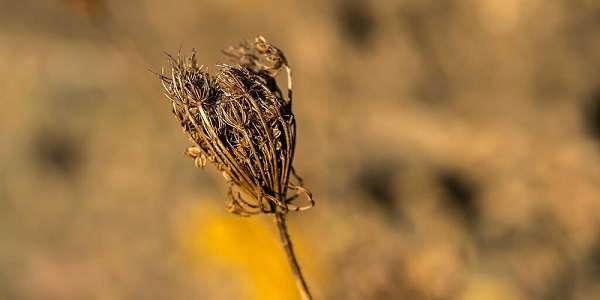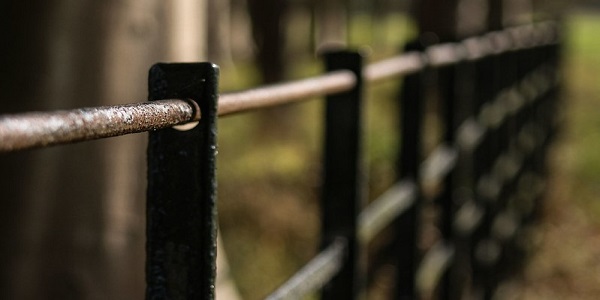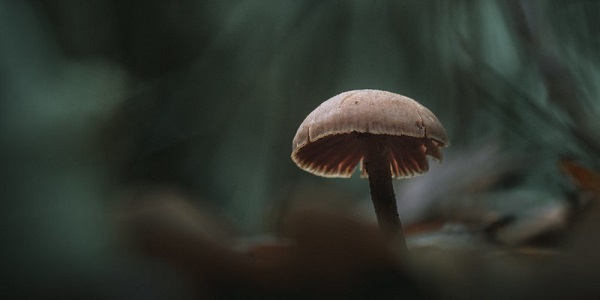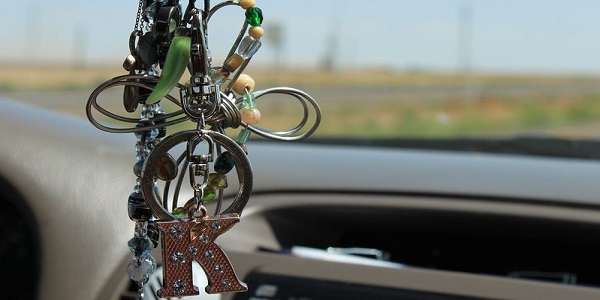As a photographer, one of the concepts that you need to understand in the world of photography is the depth of field, more commonly known as the “DoF”.
Shooting images is like telling stories to the viewers. You want to convey a story to people through your photographs. But in order to do this, you should be able to direct their focus to the key elements of your photos. There are various methods photographers can use when it comes to telling stories through their photos. One of these is the depth of field. In this article, let’s find out more about the depth of field and how you can apply this to your photography.
What Is Depth of Field in Photography?

Depth of Field is the range between the farther and closer objects in a photo. To put it simply, depth of field refers to how much of the image is in focus. But in a more technical definition, DoF is the distance in an image where the objects appear “in focus” or have an “acceptable level” of sharpness.
Some photographers thought that you would be able to easily control the DoF by adjusting the aperture. However, it’s important to understand that transitioning from sharp to unsharp is a gradual process, and the term “acceptably sharp” is somewhat vague. There are several factors that could influence the sharpness of a photo, such as how you view the image and at what size you will be looking. This will also depend on how great your vision is.
Factors that Could Affect Depth of Field

Several different factors could affect the depth of field in photography, regardless of the type of camera you are using, whether it’s a smartphone or DSLR camera. These factors are the aperture, focal length, the distance between the camera and the subject, and the sensor size.
As you begin to understand these factors, as well as the camera settings that control them, you should be able to manipulate the photographic effects in order to increase the DoF, improve the quality of your images, and toggle between soft focus and sharp focus, giving more variety to your portfolio.
Using Depth of Field in Photography

One of the photographer’s best tools to draw the viewer’s attention to where it’s supposed to be is to control the amount of photo that’s in focus. For instance, landscapes are generally shot in such a way that everything is in focus. Therefore, photographers will shoot the image using small lens apertures, such as f11 or f16.
However, you would be able to create layering in your image by having only part of the photo in focus. If some of the foreground objects will be out of focus, such as the leaves, they will provide your image with more depth. Thus, the viewer will feel like they are looking through those leaves when looking at the main subject. In order to achieve this effect, you must shoot using a wider lens aperture, such as f/2.8 or f1.4.
Relationship of Focal Length to the Depth of Field

The focal length can greatly affect the depth of field. A longer focal length means a shallower DoF, while a shorter focal length means a longer DoF. In general, a wide angle lens will have a deeper depth of field compared to telephoto lenses that can provide an impressive focus distance, although it sometimes has limited options. On the other hand, a soon lens provides multiple focus distances. Therefore, it can perform a variety of photographic tasks.
As a photographer, then you knew that “f” signifies the focal length of the camera lens. A large f means that the lens will give you the option to choose a focal point at a far distance. The focal length is a very important component in measuring the next component in the depth of field in photography – the aperture.
Relationship of Aperture to the Depth of Field

Understanding how aperture affects the relationship between the background and the subject is important if you want to improve your skills in photography. Aperture refers to how big the opening that lets the light into the camera and this is expressed in “F-stops”.
F-stops are contradictory because the bigger the value, the smaller the opening. Therefore, a small f means a large aperture. For instance, f2.8 means it will allow twice as much light to get into the camera as compared with f4, while it allows 16 times as much light compared to f11. Aperture can greatly influence the depth of the field. Larger openings can produce a shallower DoF, while smaller openings can make more of the image that is in focus.
The F-stop numbers are not the same in all photography equipment, and this will usually depend on the type of camera that you are using. Photographers who have opted for Canon or Nikon brands of cameras are familiar with some of the most common f-stops that can be found on the aperture scale, such as f/1.4, f/2.0, f/2.8, f/4.0, f/5.6, f/8.0, f/11.0, f/16.0, f/22.0, and f/32.0.
It’s important to note that each f-stop value represents a setting in an aperture in relation to the maximum aperture of the camera lens. The larger the value of the denominator of the f-stop number, the less light will get into the sensor.
Conclusion
If you want to improve the quality of your photos, it’s important that you take control of the depth of field. To summarize the article above, if you want to increase the depth of field, you should narrow your aperture. This refers to the larger f-number. Then, move far away from the subject and shorten the focal length. On the other hand, to decrease the depth of field, you must widen your aperture. This is the smaller f-number. Then, move closer to the subject and lengthen the focal length. Understanding how these adjustments can control the DoF can greatly improve your photography skills.
